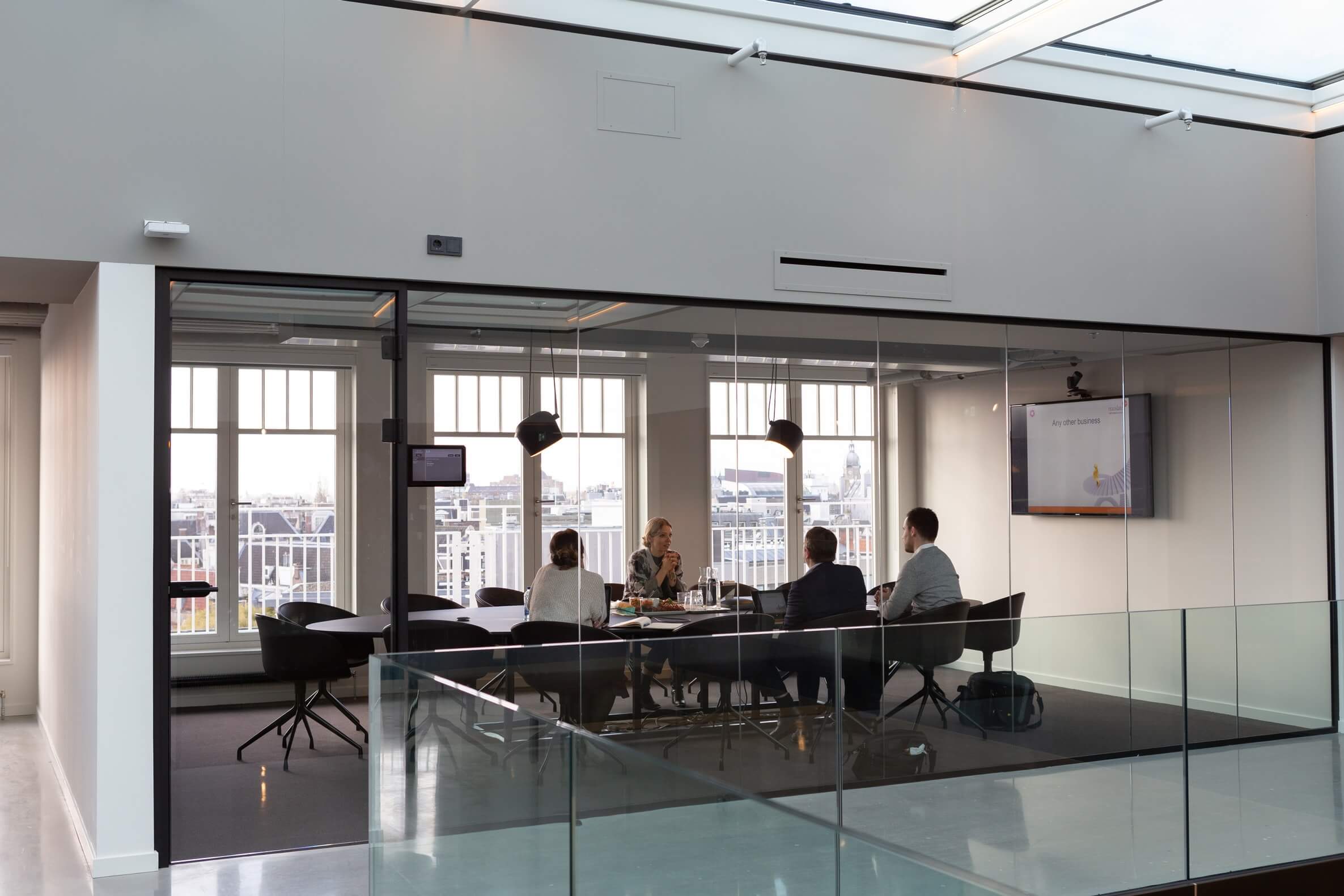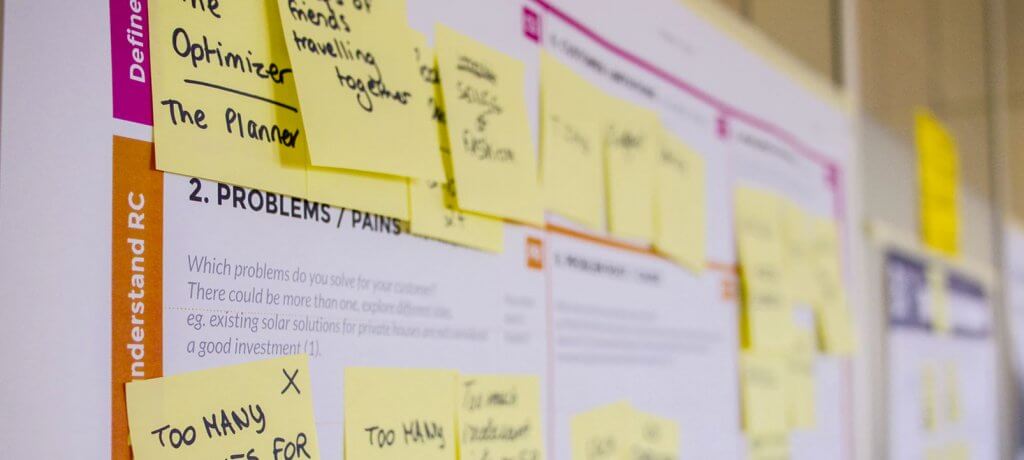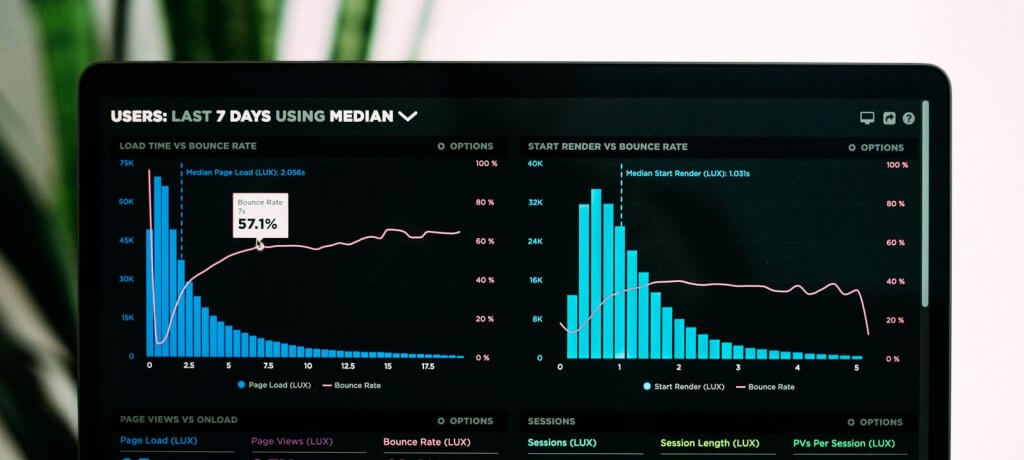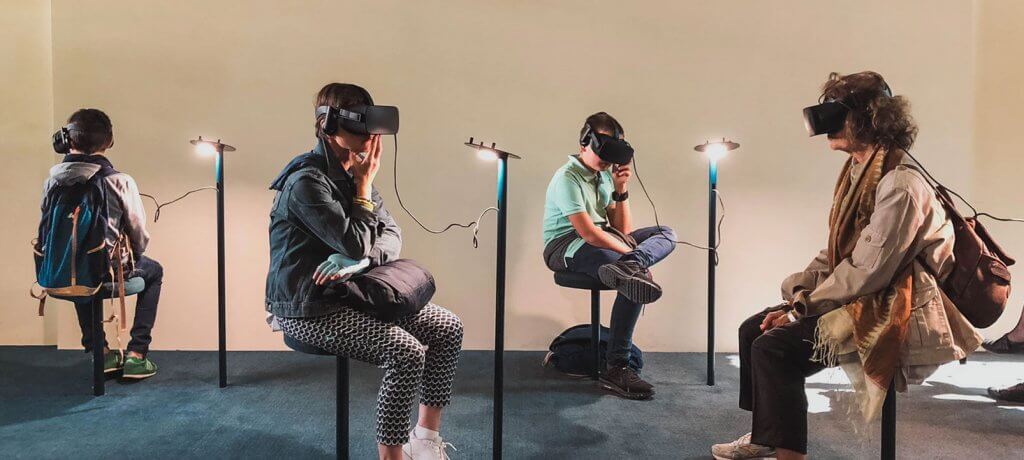Have you ever realized the amount of time you spent in worthless meetings and how easy it is to get caught up in busy work...so this is one of those stories.
It´s noon and your stomach says you need food, your brain is trying to wake up. You have just spent four hours in a weekly meeting that you will never get back.
The weekly meeting began at 08.00
We are about 30 digital experts sitting in a traditional boardroom that holds 25 people, on the projector screen we see a classic PowerPoint with the text "ResultMeeting v45" with a "sexy" PowerPoint slide with people cheering. Guessing the purpose of the slide was to make the numbers more "engaging". 🎯
Our boss enters the room with rapid steps and calls out while moving toward the whiteboard:
- Good morning everyone, hope everyone is doing great, we don´t have that much time today so I hope everyone is psyched and ready to go!
Then a four-hour number medley began🤓 , when the participants were done presenting their numbers, they sat down, with empty eyes 😵💫, slowly sinking down into their chairs.
There is always someone who falls asleep at the meetings, sometimes several(me myself once after a late client meeting the day before), it usually happens when you "rest" your eyes a little too long if you understand what I mean. 🥱 😴
But this day I met the eyes of others who have already checked out. It's like being back in school again, you know that feeling when you lost focus after 10min and you count the seconds until the clock strikes 12.
The meeting finally ends, you stand up, you have since 30 minutes ago started texting with other participants where you should go and eat, everyone takes their things and goes out on the town.
You feel heavy in your head, irrelevant figures on outcomes and budget, figures that do not say anything about what customers think or think, figures that are compared to last year and do not take into account new behaviors or events.
The rest of the day was very inefficient as you were trying to get back to that focus and energy you had before going into the meeting.
What the hell happened I asked myself!? 🤯 Should work be like this? You have spent over 16 years at various start-up and scale-up companies, met ill-run entrepreneurs, constellations of people who create monster growth machines with just a few resources, and now you are stuck in meetings talking about meetings when your time to market is getting slower by the meeting. Yeah and running the numbers in the business case you by easy figure out this wasn´t really effective or created any value for the co-workers or the business.
We were there to digitally transform the business, but we were stuck in the act of a traditional number at the transformation theater that did not lead up to anything else than lost productivity. What could have been a Chat update and a 15 min stand-up became so much more of a culture killer.
Btw. There was nothing wrong with the people in the room! This was just one example of the wrong environment, culture, context, management styles that we all have experienced some time in our life...
For me, this was one of those experiences that gave me the wake-up call, that things needed to change. I was wasting time and energy, and so did everyone around me in the room. So I asked myself, how could we skip the busy work and focus on finding the moment of truths that really matter in a rapid phase so all of us can become highly effective, aligned, and collaborative. Yeah, and have fun doing so!
That's why WilburFlow was founded, WilburFlow is a design-driven innovation firm that helps companies create new businesses and products in a rapid phase. With unrivaled expertise in both product and experience design, we partner with industry leaders to create bold products, experiences, and digital platforms that are designed around the needs of their customers and the contexts in which they use them.
And by now you are probably wondering why I am sharing this story...
Long story short, this is my first of several upcoming series on how to build Great; - Leaders, -Teams, -Experiences, and -Products. Followers will be getting access to Insights, Challenges, Experiences, learnings as well as valuable treats, guides, canvases from our product, business, and team development programs at WilburFlow.
So stay tuned and follow me, subscribe to your monthly newsletter, and follow WilburFlow in our social feeds.

Yeah, and don´t forget to smile, it looks good on you!
/ Joacim Alm
Founder of WilburFlow












